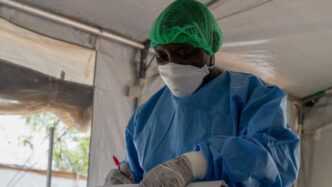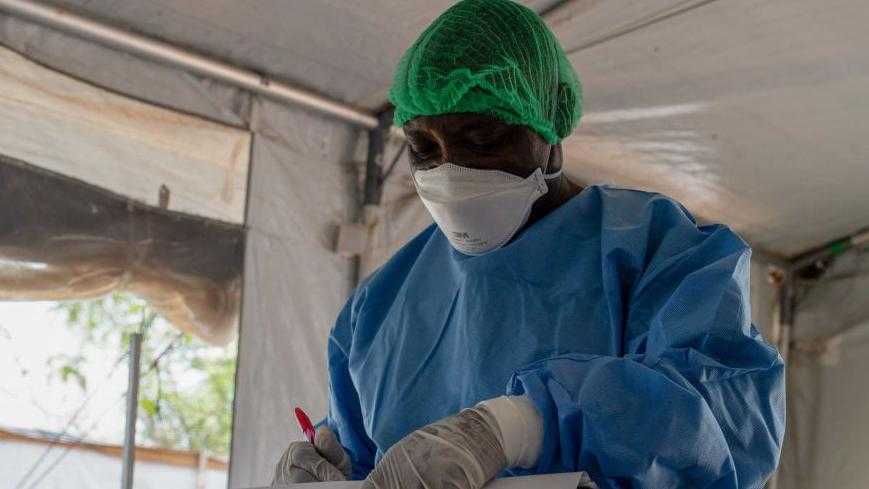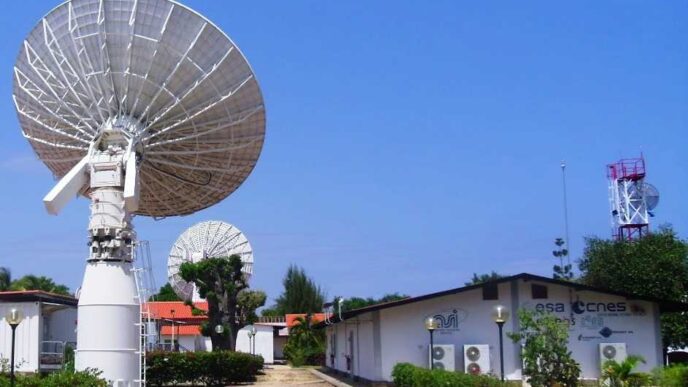A mysterious illness has swept through the Panzi area of western Democratic Republic of the Congo (DRC), leaving over 70 people dead, most of them children under 14.
Since October, more than 500 cases have emerged, sparking fears of a wider health crisis in the remote Kwango province.
Health Minister Roger Kamba described the disease as “flu-like,” with symptoms including high fever, headaches, coughing, runny nose, and body aches. “Respiratory distress and severe anemia have been observed in many patients, especially children,” Kamba noted during a recent media briefing in Kinshasa.
Children Under Five Severely Affected in Panzi Health Zone
The outbreak, which began in October, has heavily impacted children under five, with cases concentrated in eight of the 30 health areas in Panzi. Health officials reported 514 confirmed cases between October 24 and December 11, with 30 deaths in hospitals and 44 more in isolated communities.
Denise Kabeya, a resident of Panzi, recounted the loss of her 12-year-old daughter, Diane. “She had headaches, no appetite, and was physically weak. We thought it was malaria, but her condition worsened, and we lost her,” Kabeya shared.
WHO and Local Experts Scramble for Answers
Teams of epidemiologists and laboratory technicians from the Ministry of Health and the World Health Organization (WHO) have been dispatched to Panzi to investigate the outbreak.
According to WHO Director-General Tedros Adhanom Ghebreyesus, preliminary tests suggest malaria in most cases, but the possibility of another underlying disease cannot be ruled out. “We are collecting and testing samples to determine the exact cause,” he said.
Dr. Serges Zenga, an attending physician in nearby Kenge, described the dire conditions. “We face severe resource shortages, including a lack of oxygen, isolation facilities, and even basic electricity. This complicates our ability to treat and isolate patients effectively.”
Geographic Challenges Hamper Disease Containment
Panzi’s remote location, 700 kilometers from Kinshasa, poses significant logistical challenges. Poor road conditions during the rainy season further hinder access to the area. Health teams took two days to reach Panzi, with samples transported over 500 kilometers to laboratories in Kikwit for analysis.
“The region’s limited diagnostics capacity delays our response efforts,” Minister Kamba admitted. The WHO has begun supporting local teams with patient care, risk communication, and community engagement, but progress remains slow.
Community Fear Mounts Amidst Calls for Vigilance
In Kenge, the capital of Kwango province, residents express growing fears of the disease spreading to their communities. Emile Yimbu, a local resident, criticized the authorities for inadequate preventive measures. “We need stronger surveillance and containment strategies,” Yimbu urged.
Prosper Kiswemba, a local councillor, echoed these concerns, pointing to the potential risks posed by end-of-year travel. “Temperature checks and hand-washing stations should be mandatory along key roads leading to Panzi to curb the spread,” Kiswemba suggested.
Can the DRC Prevent a Larger Health Crisis?
As the disease continues to claim lives, questions about the DRC’s capacity to manage the crisis persist. Will strengthened surveillance and international support be enough to halt the outbreak before it spreads further?
The coming weeks will be critical in determining whether this health crisis can be contained or if it will evolve into a nationwide emergency.















